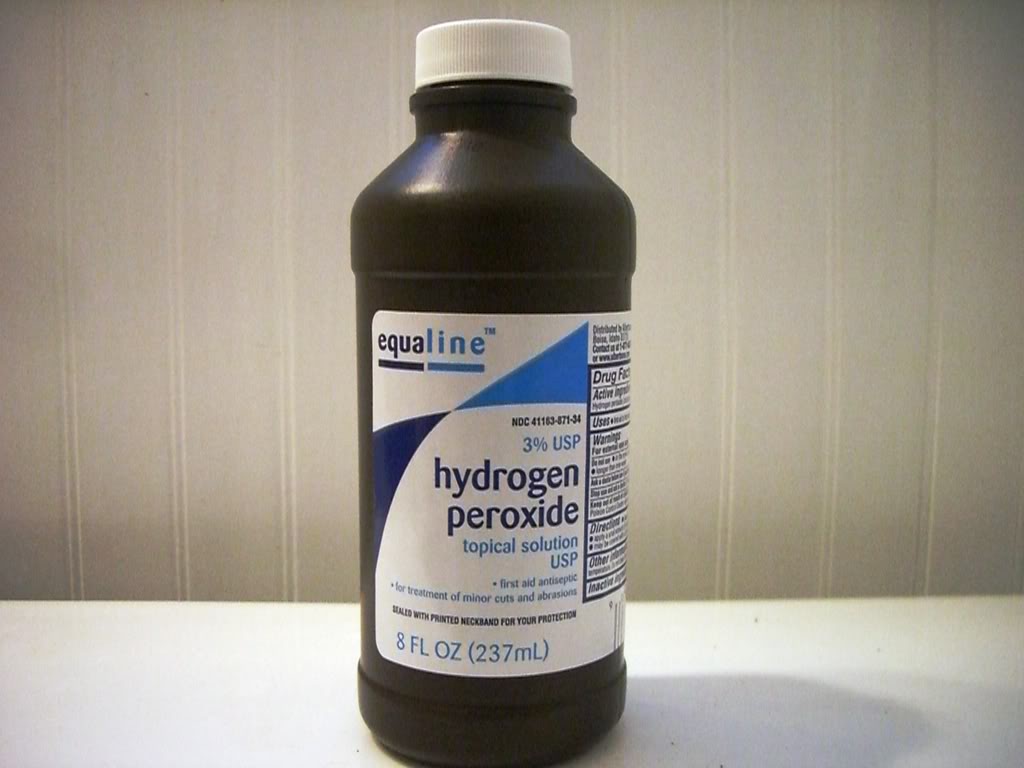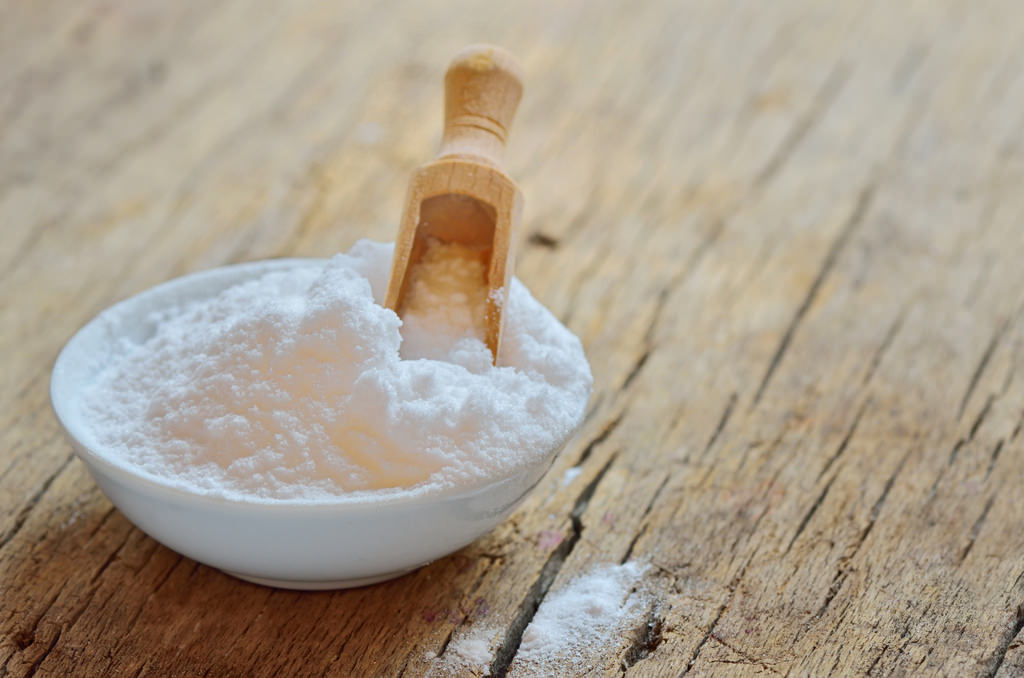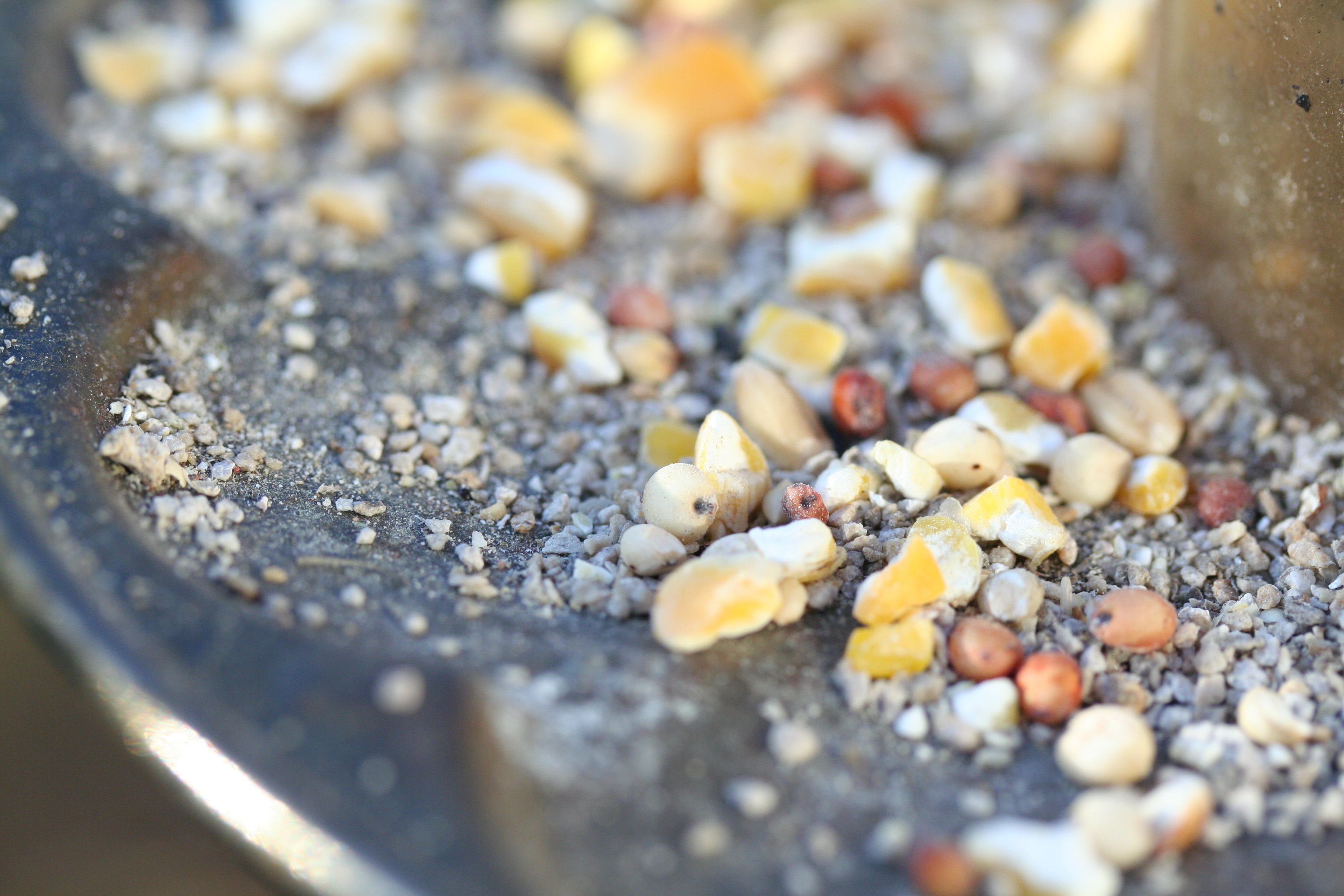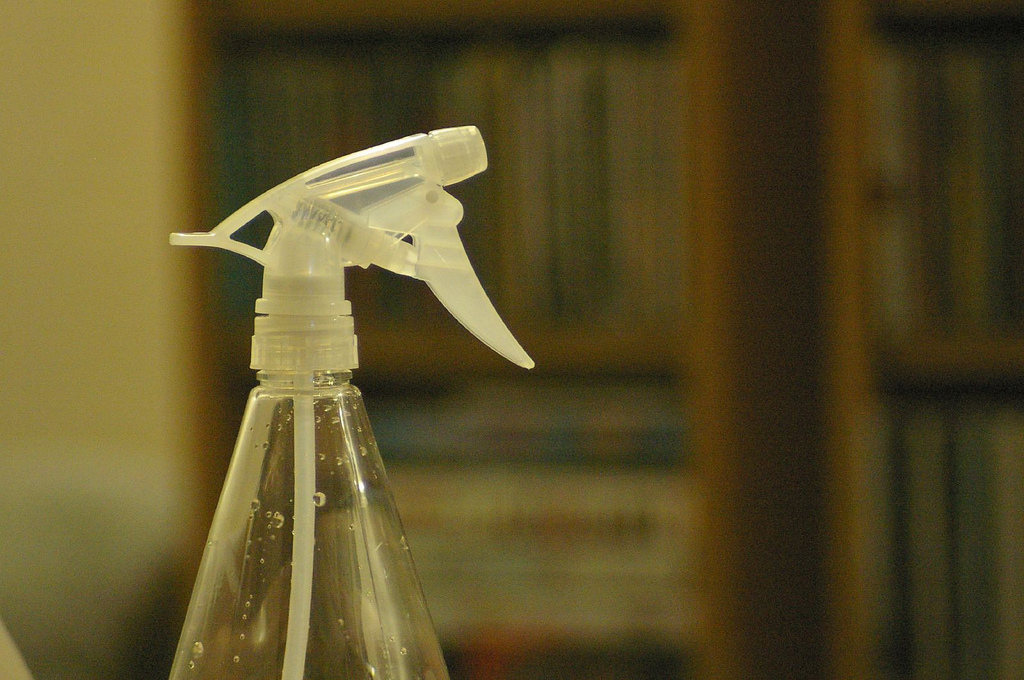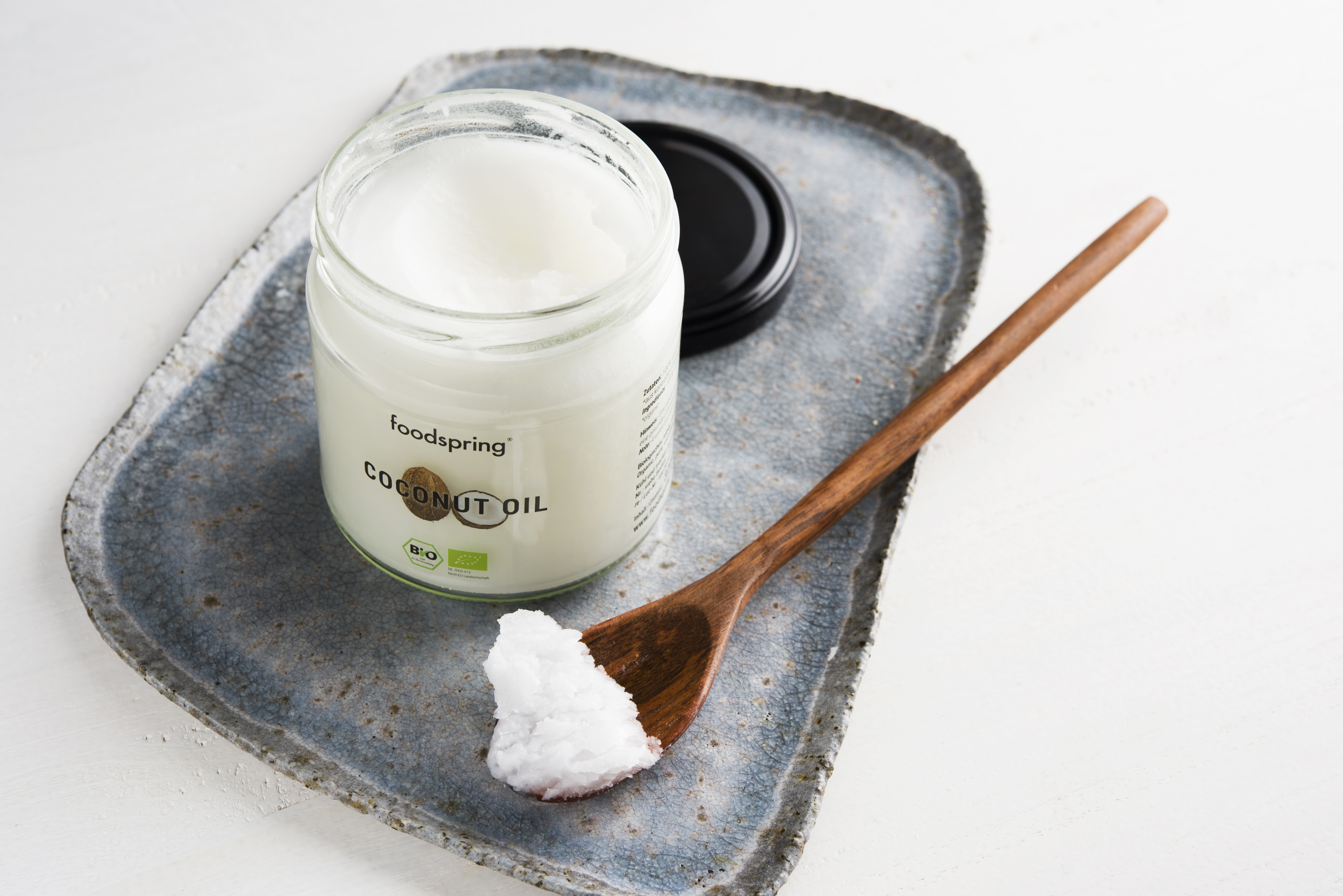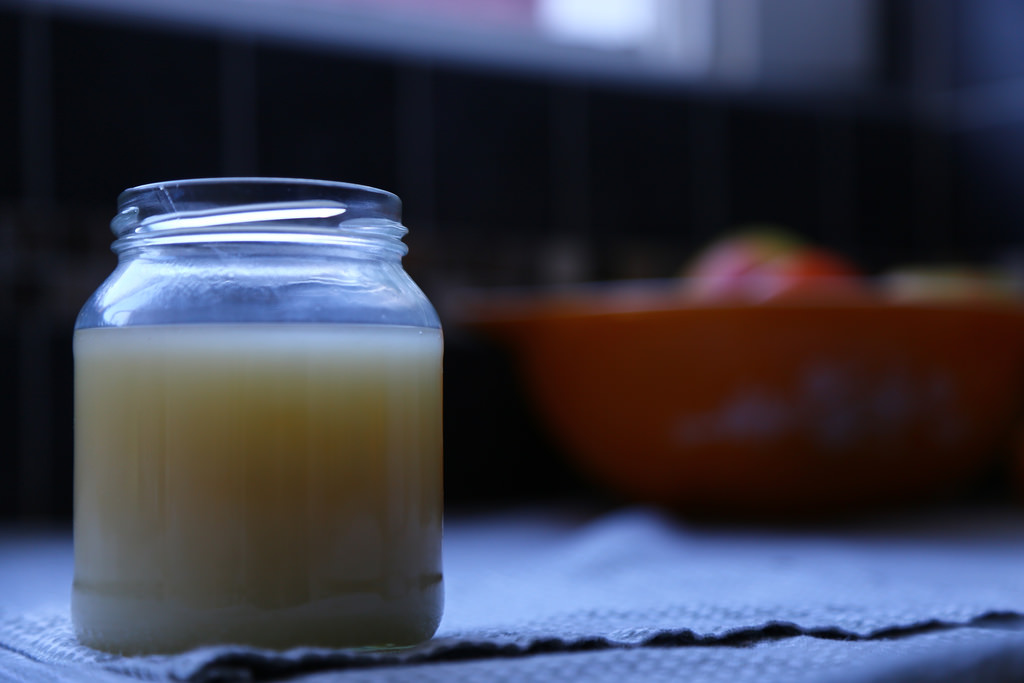Household Uses for Hydrogen Peroxide
Every knows that hydrogen peroxide can be used as an antiseptic to treat wounds, but hydrogen peroxide can be used for more than just wound care. Here is a brief list of other ways you can use this cheap, versatile, and safe product. Oral Care H202 (hydrogen peroxide) can be diluted with an equal … Read more

